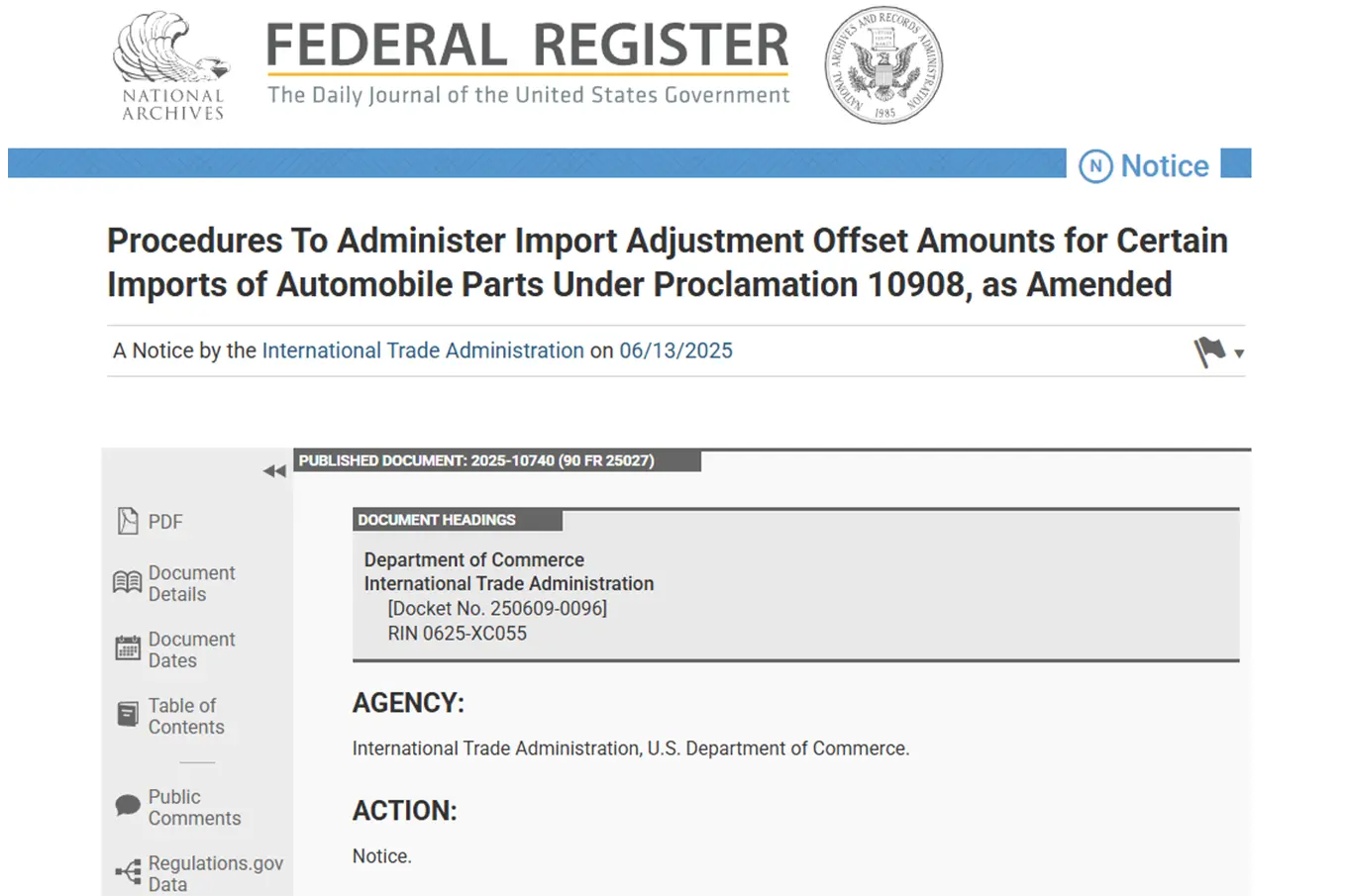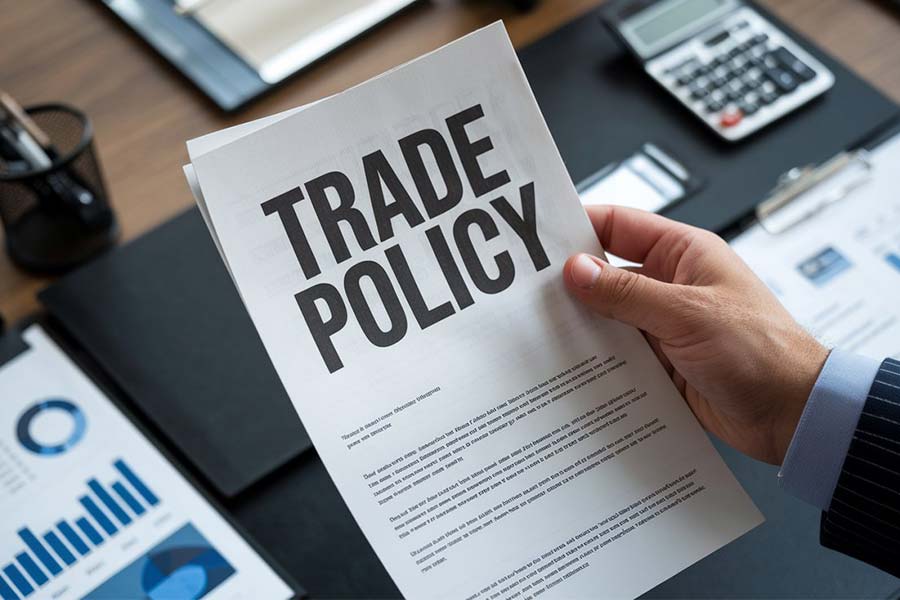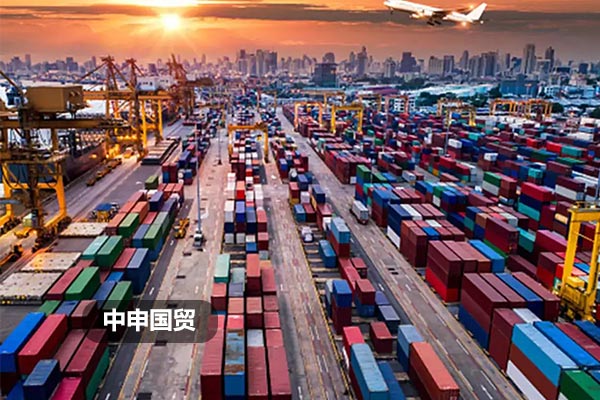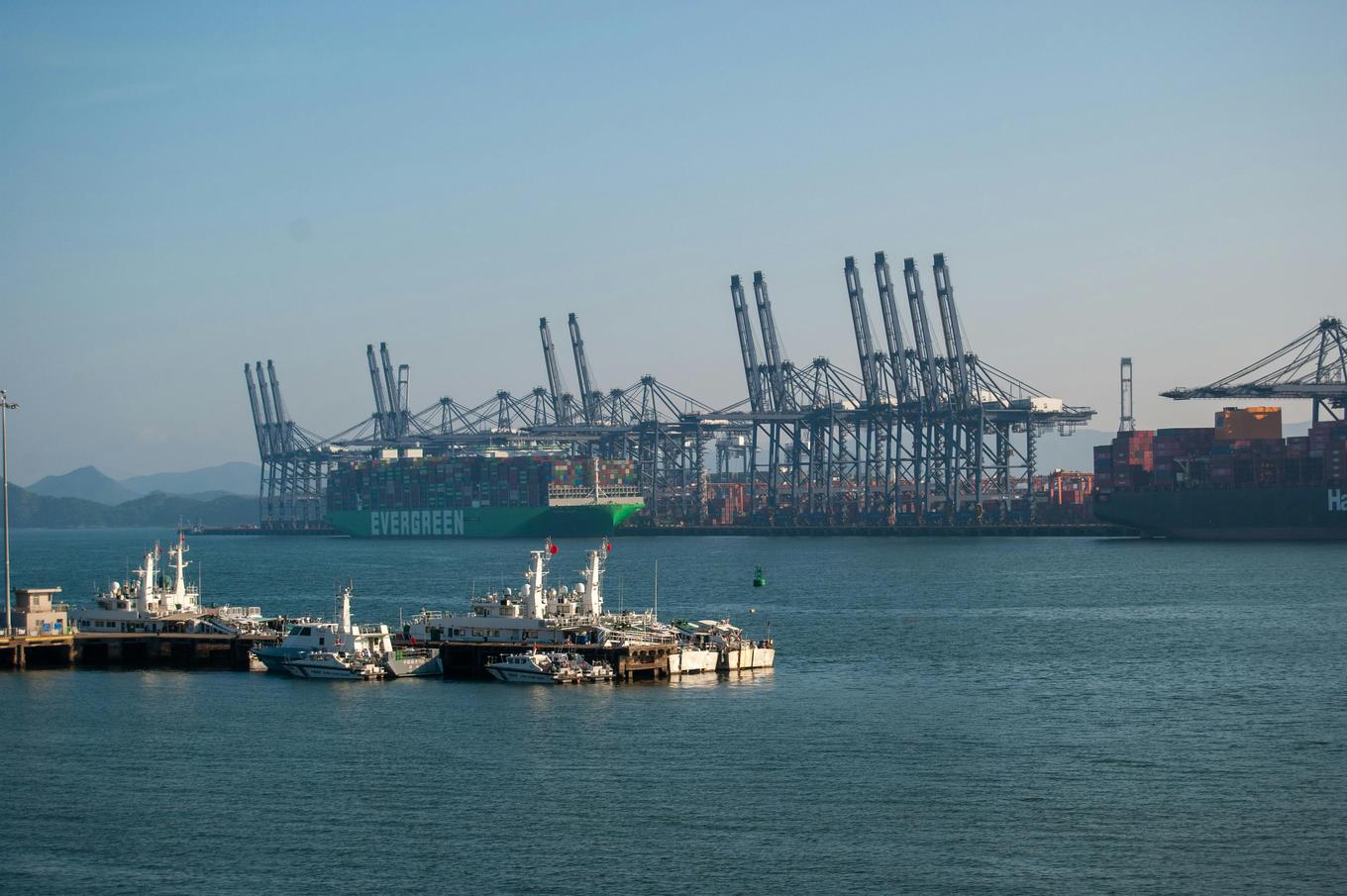- Shanghai Zhongshen International Trade Co., Ltd. - Two decades of trade agency expertise.
- Service Hotline: 139 1787 2118

Special challenges in importing cutting-edge instruments
In October, we successfully handled the import of a batch of high-sensitivity Zeta potential and particle size analyzers. Such scientific instruments have three distinctive characteristics: first, high value (single unit typically ranges between $100,000-$500,000); second, sensitive technical parameters (involving nanoscale measurement technology); third, strict regulatory requirements (classified as precision measurement equipment). During preliminary planning, we paid special attention to customs commodity classification (recommended under heading 9027.80) and import license requirements.
Comprehensive service solution design
For this project, we developed a four-phase service plan:
- Pre - review stage: Collect equipment technical parameters 3 weeks in advance to confirm whether3Ccertification exemption is needed (scientific equipment usually qualifies for exemption)
- Documentation preparation: Specifically requested clients to provide detailed technical specifications from the original manufacturer, including equipment working principle diagrams (crucial for customs valuation)
- Logistics planning: Implemented constant-temperature transportation solutions to ensure precision instruments remain unaffected by temperature and humidity during transit
- Emergency Response Plan: Prepared technical documentation and backup power solutions in advance for potential inspection delays
Key nodes in customs clearance practice
During actual operations, we identified three areas requiring special attention:
- Accuracy of declaration elements: Technical parameters like laser wavelength and measurement range must be declared in detail. Weve seen classification disputes due to declaring 0.3-10μm instead of 0.3nm-10μm.
- Wooden packaging treatment: This batch of equipment used IPPC-standard treated solid wood packaging, for which we preemptively photographed packaging identification marks for reference
- Customs valuation response
As the equipment falls under high-value precision instruments, customs initiated price verification procedures. We provided the following key materials:
- Price records forEquipment Importsthe same model over the past three years
- Original manufacturers price composition explanation (including R&D cost allocation details)
- Comparative Price Table for Similar Products in International Trade
The final pricing review process took only 2 working days, 60% shorter than expected, thanks to our established scientific equipment import price database.
Special Handling in Inspection Process
The batch of goods was selected for inspection control, and we took the following measures:
- Contacted the airport supervision warehouse in advance to confirm constant temperature storage conditions
- Arranged for original equipment manufacturer engineers to be on standby, ready to provide technical explanations
- Brought specialized anti-static unpacking tools to participate in the inspection
Although the inspection cycle reached 15 working days (mainly waiting for technical department confirmation), professional handling avoided potential equipment damage from unpacking.
Time Efficiency Optimization Experience Sharing
Through this case, we summarized three principles for optimizing import time efficiency of scientific equipment:
Process Optimization Specific Measures Results Pre-classification Apply for pre-classification decision document 1 month in advance Reduce classification disputes during customs clearance Electronic payment Activate customs electronic payment system Tax payment time reduced to 15 minutes AEO certification Utilize our companys AEO Advanced Certification qualification Inspection rate decreased by approximately 40% Industry Trends and Recommendations
With increasing domestic research investment, imports of precision analytical instruments grew 27% year-on-year in 2023. We recommend importers:
- Pay attention to the latest adjustments in the Catalogue of Encouraged Import Technologies and Products (5 new categories of analytical instruments added in 2023 edition)
- Apply for duty-free confirmation certificates in advance (research institutions can enjoy tariff reductions)
- Establish equipment technical archives, including international certification documents such as FDA/CE
The successful implementation of this case once again demonstrates the value of professionalforeign tradeservices in technology-intensive product imports. From document preparation to final delivery, each step requires a professional team that understands both trade rules and product characteristics. Our accumulated database of 200+ scientific equipment import cases is providing decision-making support for an increasing number of research institutions and enterprises.
Related Recommendations
? 2025. All Rights Reserved. Shanghai ICP No. 2023007705-2  PSB Record: Shanghai No.31011502009912
PSB Record: Shanghai No.31011502009912










